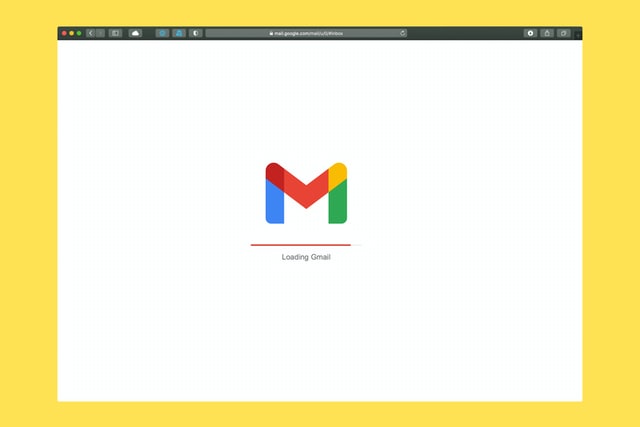What type of signatures should I create? How can I get started?
You’ve probably seen them everywhere. Signature lines at the bottom of letters or at the top of checks. Signatures play a big role in our lives. They provide us with proof of identity, attest to our payment methods, and even tell people who we are.
You may ask why anyone would want to sign their name. The answer lies in the simple fact that they don’t! This is because we have lost sight of the true purpose of signatures. If you’re interested in becoming a professional writer, then creating a good professional signature is essential. It provides credibility for your work as well as helps sell your services.
– Your name should be included in it, but not too prominently.
How often have you seen a professional signature without their last name? The answer might surprise you. When you sign documents or agreements with someone, you usually include your last name in it. If you want to add something extra to your signature or give a sense of professionalism, consider using initials instead.
While some professionals choose to go all out and get fancy with their signatures, others prefer simplicity. Some even choose to go completely anonymous! There is, however, one thing that everyone agrees upon: your name should be at the top of your signature. Why? Because it makes the document easier to read and recognize.
– Use a clear font style. Avoid using fancy fonts or anything that looks like handwriting.
Signatures are important to ensure that you’re who you say you are. They also provide proof that you agreed to terms and conditions included in contracts or other legal agreements. They’re often used at job interviews, too.
There are hundreds of fonts to choose from — some are free and some cost thousands of dollars. Some fonts look professional, others don’t. For example, Comic Sans might look good in comics, but it would look bad on official documents.
– You can use any font you like, but avoid using fancy fonts.
When creating a signature, the choice of font should be determined by the nature of your profession or the kind of message you want to convey. Although you can use any typeface you like, it is better to stick to simple fonts such as Times New Roman, Calibri or Garamond. This will guarantee legibility and readability. “Simple fonts are easier to read.”
– Try to keep things simple and clean.
For a professional signature always keep things simple. Your objective should be to create a professional signature that is elegant, effective, and memorable.
A well designed signature can increase your chances of being hired or promoted. It can also boost your credibility and make you stand out from the crowd.
To achieve the perfect signature try working from the top down. Start with the font. Choose a typeface that supports your message. Then choose a color scheme that helps convey the meaning of your message. Lastly, carefully consider what kind of information you want to include in your signature.
